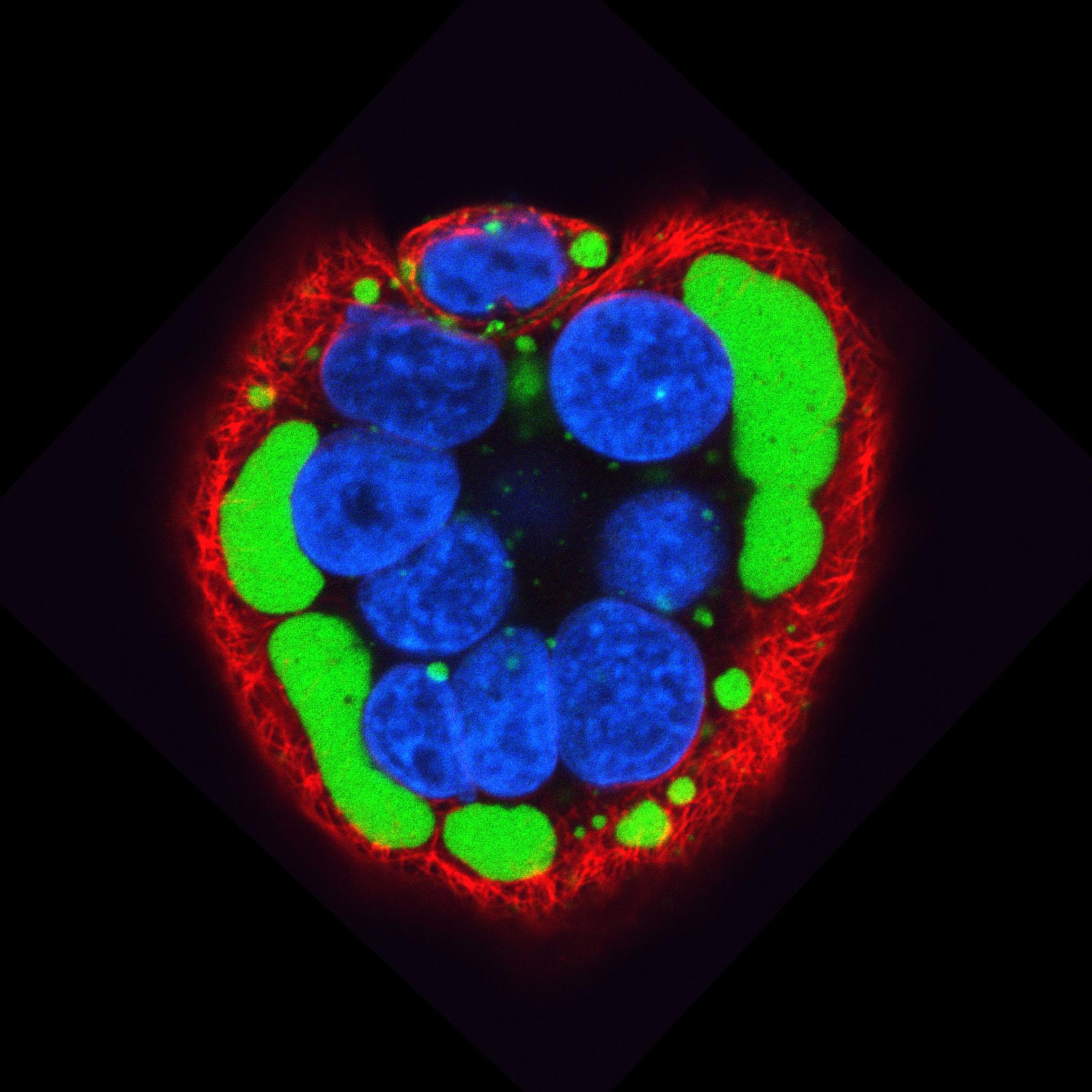Development of new generation rinderpest vaccines
Veterinary science has benefited much from the advances in biotechnology during the past 20 years. New and improved diagnostic techniques for infectious diseases have been developed and new and highly effective vaccines to prevent such diseases have been introduced and more have been, or are about to be, field-tested. The latest development in negative strand virology, reverse genetics, the ability to rescue live virus from a DNA copy of the RNA genome, is being used to address questions concerning virus pathogenicity at the molecular level and to produce "marker" vaccines, i.e. vaccines that allow serological identification of all vaccinated animals. Such a vaccine would greatly benefit the continuing campaign for the global eradication of rinderpest since it would then be possible, by serological means, to detect wild type virus circulating in local areas or regions where it is still necessary to vaccinate and where the vaccination levels are below those required to eliminate the virus. Here we describe different approaches we have taken to produce such a vaccine using reverse genetics to add a marker to the existing and widely used Plowright rinderpest vaccine
